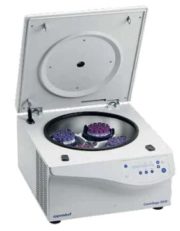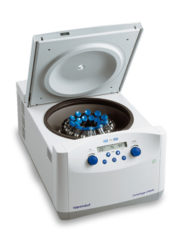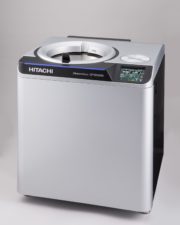Bromsramper
Bromsramper
De flesta större bänkcentrifuger på marknaden såväl som några små bänkcentrifuger erbjuder vad som kallas för acceleration och deceleration (bromsning) rampar. De flesta små bänkcentrifuger möjliggör också för användaren att växla mellan vanlig broms och mjuk/långsam broms.
042-300 91 30
Frågor? Ring kundtjänst
Most of the larger benchtop centrifuges on the market as well as some small benchtop centrifuges offer what are called acceleration and deceleration (braking) ramps. Most small benchtop centrifuges also enable the user to switch between a normal brake and a soft/slow brake.
But when do I need this? How can different acceleration/braking (acc/dec) ramps help with my applications? To understand the importance of the adjustment of acc/dec ramps, read the following two examples:
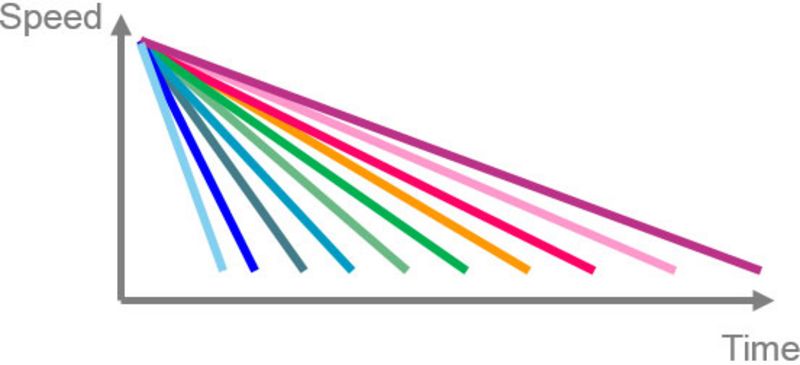
For applications such as bacteria pelleting in microliter tubes or the extraction of DNA/RNA, it is not necessary to adjust acceleration and braking ramps. Other applications – such as the isolation of peripheral blood mononuclear cells (PBMC) via density gradient centrifugation (for example with Ficoll-Paque® Plus) – benefit greatly from adjustment.* With PBMC isolation, the goal is to achieve a clear interphase (containing the PBMCs) and extract them from the blood sample. This interphase is very sensitive to vibration and a too-fast acceleration or deceleration would disturb the gradient and lead to a milky/non-existent interphase, making it difficult or nearly impossible to extract the PBMC.
To prevent remixing the phases, the protocol requires that acceleration/deceleration be shut off completely so that the centrifuge accelerates slowly and high forces cannot disturb the gradient. During the run, the different blood components can pass through the gradient and accumulate in the appropriate phase according to their density. When the brake is shut off, the centrifuge simply runs down until the rotor stops by itself. This way, the gradient will not be disturbed by sudden braking.
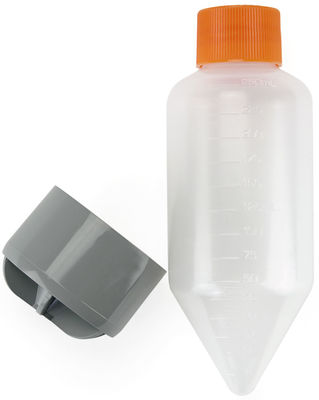
When pelleting cells, especially yeast or mammalian cells in flat-bottom vessels in a higher volume in a swing-out rotor, the pellet is not completely solid (depending on the application, it may not be possible to spin the cells at a higher speed to get a more compact pellet, because mammalian cells in particular are quite sensitive when it comes to centrifugal forces). The fact that the pellet is not completely solid means that when braking forces are too strong, the pellet could be remixed, leading to sample loss when the supernatant is discarded. Therefore, we recommend lowering the deceleration ramp (usually it is not necessary to shut off the brake completely) to keep the pellet from swirling up. The use of a vessel with a conical bottom shape can also help you get a tighter pellet, even when centrifuging at lower speeds.
Thus centrifuges with different acc/dec ramps offer users the option of adjusting acceleration and deceleration and optimizing their protocols quite easily.


